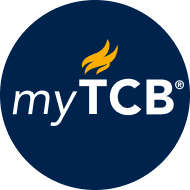
The Senate-passed version of H.R. 1, the ”One Big Beautiful Bill Act,” strengthens the farm safety net by raising reference prices under the Price Loss Coverage program (PLC) and the Agriculture Risk Coverage (ARC) program, which both aim to protect farmers from significant income losses from fluctuations in crop prices or revenue shortfalls, and strengthen crop insurance programs and disaster relief for livestock. Also included are major tax provisions benefitting producers, including the immediate expensing of farm equipment, a small business tax break, an increase in the estate tax exemption, and a revised 45Z Clean Fuel credit. The bill also includes significant cuts to the Supplemental Nutrition Assistance Program (SNAP) by tightening work requirements for able-bodied adults and parents of children over the age of 14 and limiting the ability of states to waive work requirements.Trusted Insights for What's Ahead®

myTCB® Members get exclusive access to webcasts, publications, data and analysis, plus discounts to events.
Executive Order on “Genesis Mission” for AI
December 03, 2025
Administration Reviewing Status of 200,000 Refugees
December 03, 2025
Professional Degrees and Student Loans
December 03, 2025
District Court Dismisses FTC’s Meta Monopoly Case
November 24, 2025
Possible Swipe Fee Settlement
November 19, 2025
Administration Strikes Deal on GLP-1 Drug Pricing and Coverage
November 18, 2025
